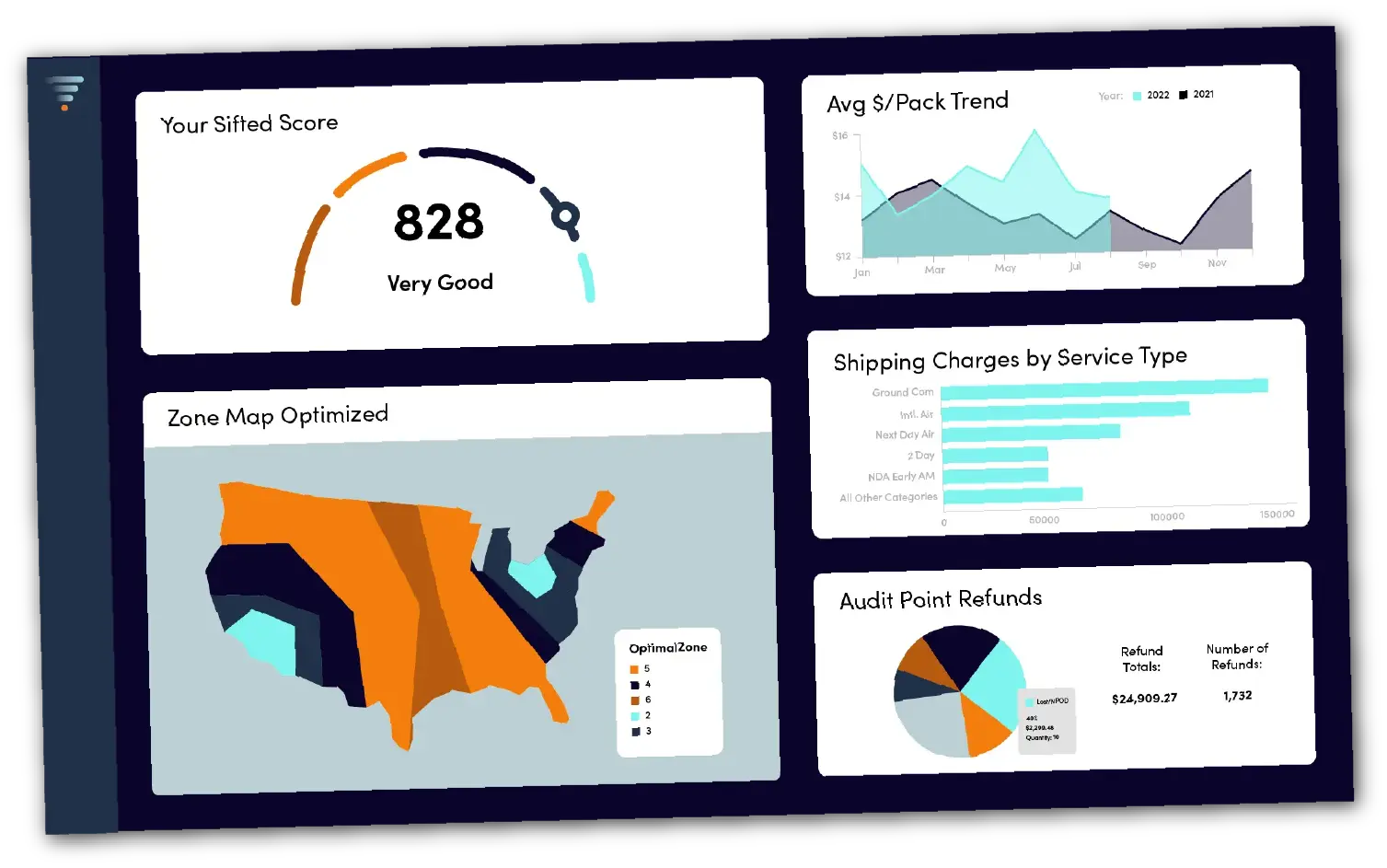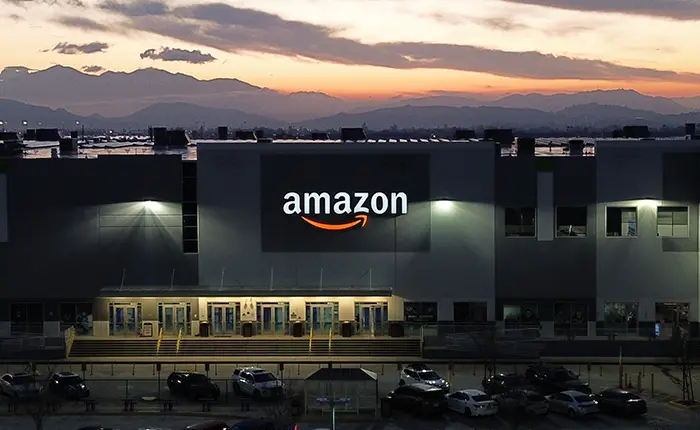Looking for a better explanation of the new FedEx and UPS fee changes for 2023? You’ve come to the right place.
The general increase was one thing, but carriers continue changing service fees and guidelines that can be confusing and difficult to track. And some of these changes are serious, with fees that could hit your bottom line hard.
While the announcement of a 6.9% GRI was higher than hoped, that’s just the tip of the rate increase iceberg. From 2020 (pre-Covid) to 2023 (post-Covid), carriers have hiked accessorial and surcharge fees by a staggering 10% to 20%. For many of our customers, this means their actual shipping year-over-year rate increases have been in the double digits.
The exorbitant increase in accessorial fees indicates that efficiency is a priority for both carriers. FedEx and UPS are focusing on the freight they ship best. Remote deliveries and oversize packages are not as efficient or lucrative. They can’t afford to absorb those costs and are now passing them back to shippers like you.
But don’t panic just yet – we’ve got some strategies to help you manage shipping costs in 2023.
Here’s a breakdown of the 2023 FedEx and UPS carrier rate changes
2023 FedEx DAS Remote Charge Explained
Delivery Area Surcharge (DAS) is applied to pickups and deliveries outside a carrier’s standard shipping area, typically in rural or remote locations. This charge is based on the zip code and the address.
Effective January 30, 2023, FedEx added a Contiguous U.S. Remote DAS that will apply to select ZIP codes in the contiguous United States.
| FedEx's 2023 DAS Remote Charge |
|---|
| $13.25 for Ground and Express shipments. |
- FedEx’s new 2023 DAS Remote Charge is designed to cover the extra delivery costs to remote areas. If your package is headed to a zip code that’s far off the beaten path, you’ll be hit with an additional fee of $13.25 for Ground and Express shipments.
- This new FedEx accessorial fee will impact 3,833 designated zip codes.
To make things more complicated, there are sub-category surcharges within the DAS, including the Extended Delivery Area Surcharge (EDAS), which applies to specific zip codes, and the Remote Area Surcharge, typically imposed on Hawaii and Alaska.
Good news. You have options to help curb DAS impact. For example, you can look into local carriers that wont charge as much for remote delivery. You can also ask FedEx for a discount if you come to the negotiating table prepped.
2023 FedEx Extended Peak Surcharge
The 2023 FedEx peak additional handling surcharge (AHS) & oversize charge has been extended beyond its usual January expiration until further notice.
| 2023 FedEx Extended Peak Surcharges |
|---|
| Additional Handling $3.45 per package |
| Oversize Charge $39.50 per package |
If you’re a shipper that sends a lot of large or heavy packages, you’re going to feel the pain of these fees. Carriers are making it clear that unless your shipments are small and lightweight–they don’t want it. And they’re going to charge you extra for it.
The best way to minimize impact and meet carriers where they are is to optimize your packaging to reduce the size and weight of your shipments.
For a streamlined way to see which packages world best for their operations and carriers, utilize Logistics Intelligence tools like Package Modeling to identify levers your company can pull to optimize your operations and maximize savings. Play out as many different packaging scenarios as possible to find the best solutions for your business before you spend a dime.

The #1 Logistics Intelligence Software
2023 UPS Demand Residential Charge
UPS’s new Demand Residential Charge will apply if you were billed for more than 20,000 packages during any week following October 2021.
If you fall into this shipping category, you’ll be hit with a charge ranging from $.40 to $.60 per package, depending on your volume above the June 2022 baseline.
| 2023 UPS Demand Residential Charge |
|---|
| $.40 if you are 105% above your June 2022 baseline volume |
| $.60 if you exceed 150% of your June 2022 baseline volume |
See page 5 for further details
For a high-volume shipper, the pennies add up fast. But there are ways to mitigate its impact. For example, you can try consolidating your shipments to reduce the number of packages you send each week. You can also explore alternative carriers (regional and LTL) or negotiate with UPS for better rates based on your shipping volume.
The best way to know which option is best for your business is by having direct access and control of your shipping data.
Your Best Defense Against Rising FedEx and UPS Fees is By Becoming an Expert in Your Own Shipping Data
These carrier fee increases are no joke. And how you manage your shipping data to curb these fees directly reflects how powerful your leverage is in this market.
Remember, by taking the time to understand and compare these new FedEx and UPS fees, you can make data-grounded decisions about which carriers and services are best for your unique shipping operations, and that’s more than time and money saved; it’s longevity.
Arm your team with the tools they need to combat rising carrier fees and stay competitive in the market with AI-powered parcel tools like Sifted’s Logistics Intelligence Solutions.











